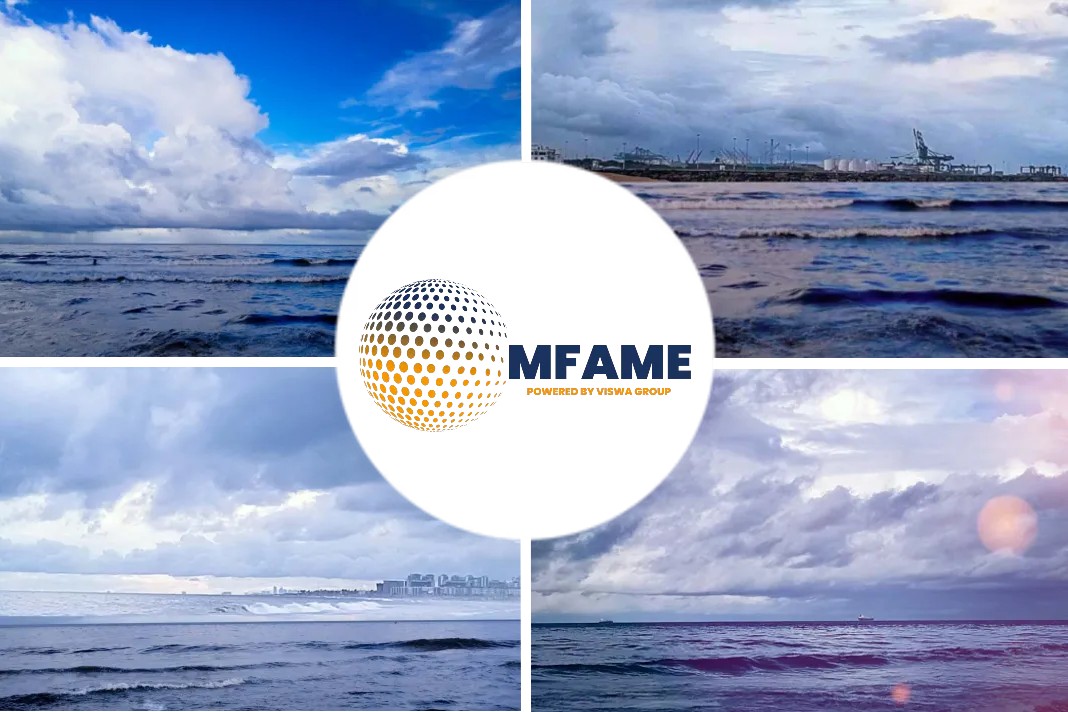
“Methanol and ammonia each have their unique sets of challenges and opportunities,” said Lynn Loo, the chief executive of the Global Centre for Maritime Decarbonisation (GCMD), reports Engine.
“No question ammonia is HARD. So are methanol and synthetic and bio-variants of other fuels,” Lynn Loo said in a social media post. “Oil is easy. But when easy is causing irreparable damage to our ecosystem, we have to do things that are harder. And consider options that are more expensive.”
She added that we urgently need low-carbon variants of both ammonia and methanol to accelerate the shipping sector’s decarbonisation.
Need for low carbon variants
Loo joins a growing chorus of industry experts, who believe that the future of the shipping sector’s green transition hinges on multiple fuel sources rather than a single one.
Green ammonia, bio- and e-methanol emit minimal greenhouse gas emissions (GHG). Blue ammonia, produced from fossil natural gas and coupled with carbon capture is another type of zero-emission ammonia.
Methanol is already gaining acceptance as a cleaner alternative fuel in the shipping sector. Classification society’s DNV latest tally shows that there are 204 confirmed methanol-fuelled vessels in operation and on order, up from 156 in June.
Ammonia-powered engines
In addition, the industry is also getting ready to welcome ammonia-fuelled engines next year. Several ship engine manufacturers are developing ammonia-powered engines. Among them are Swiss Winterthur Gas & Diesel (WinGD), German MAN Energy Solutions (MAN ES), Finnish Wärtsilä and Japan Engine Corporation (J-ENG).
WinGD will deliver its first dual-fuel ammonia engine by the first quarter of 2025. Meanwhile, MAN ES recently completed combustion tests on its two-stroke dual-fuel ammonia engine, which it will deliver to a shipyard by the fourth quarter of 2024.
Several ports are getting ready to bunker alternative fuels. Major global ports Antwerp-Bruges, Rotterdam and Singapore along with South Korea’s Ulsan, Swedish Port of Gothenburg, and East Port Said in Egypt have conducted ship-to-ship methanol bunkering and they continue to develop bunkering infrastructure.
Meanwhile, the Port of Singapore is also working to start ammonia bunkering from 2026, following the delivery of ammonia-fuelled vessels and the availability of safety standards for ammonia bunkering, according to the Maritime and Port Authority of Singapore.
Did you subscribe to our daily newsletter?
It’s Free! Click here to Subscribe!
Source: ENGINE
























